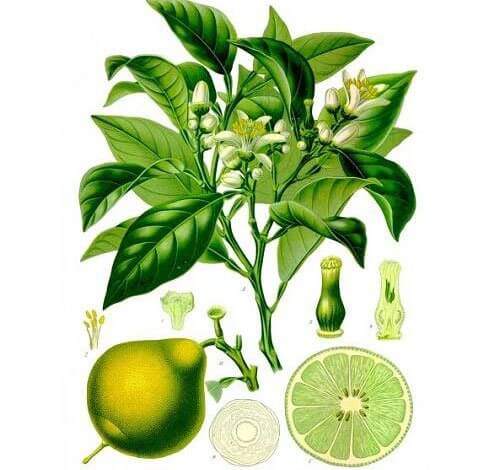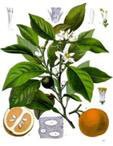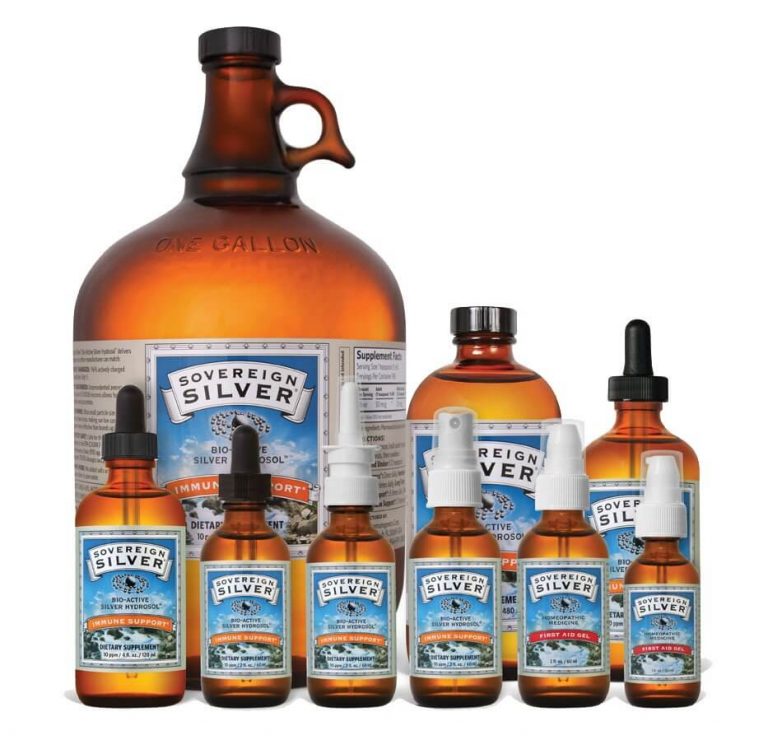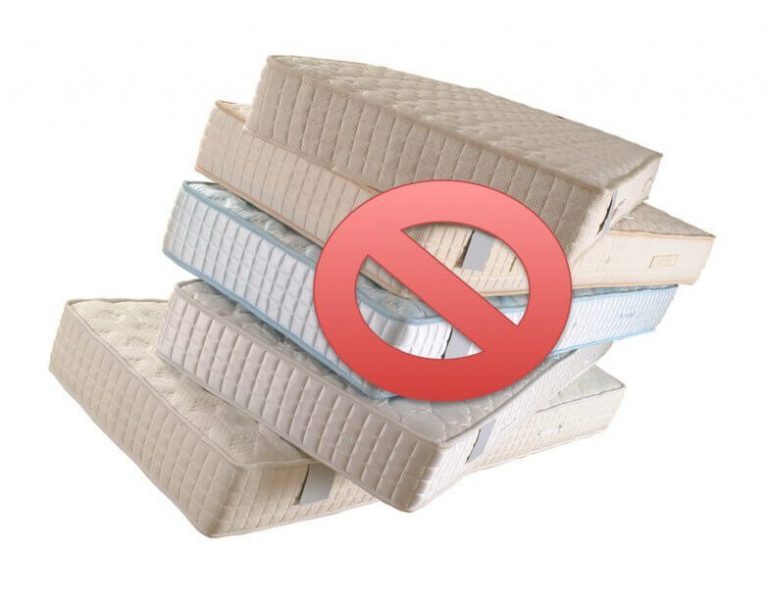A Year of Herbs: Pregnancy and the Use of Essential Oils
;
I had originally intended to put up a tomato canning tutorial tomorrow, but this post was long, and yet so full of good information, whether you are pregnant or simply want to learn more about the use of essential oils! So it will continue tomorrow, and you can expect the canning post on Monday… see you then!*
As botanical products, essential oils smell divine but I’m not sure how much weight people place on their power to effect real change. Absorbed into the blood stream via the skin (massage, creams, compresses) or through the lungs via steam inhalation, essential oils can promote stress reduction and cure ailments associated with pretty much all of our bodily systems.
What about using essential oils during pregnancy?
That’s a contentious issue. There are classes of oils which contain compounds that have been known (via animal studies as a human trial of this nature would be wholly unethical) to induce contractions or cause hemorrhaging. In reality, one would probably need to absorb very large amounts of these compounds before the situation would devolve to that level. However, prepared in dilutions appropriate to the pregnant state (weak) and avoiding exposure prior to the 2nd trimester (just to be conservative), different oils or combinations of oils have the potential to be highly beneficial during pregnancy.
Essential oils are highly concentrated. One would dilute an essential oil for general use anyway. During pregnancy, the recommended amount of essential oil is halved creating even more dilute preparations. This translates to the following:
For massage, about 2-3 drops per 1TBSP (15mL) of carrier oil (such as almond or grape seed oil – although I’ve been known to use even olive oil);
For an aromatherapy bath, 6-10 drops mixed into a full tub; and
For a compress or for steam inhalation, 2-4 drops in 2-3 cups of steaming hot water (for a compress, submerge a cloth, wring it out and place it on the effected body part; for inhalation, position your head over the bowl and breathe).
So, which oils are we talking about?
I compared 10 different websites and constructed a matrix, noting what each website put forward as a safe essential oil for use by a pregnant woman. There was agreement among the websites with regard to the following oils (% of time that the oil was named as ‘safe’ for use during pregnancy).
- Lavender (90%)
- Bergamot (80%)
- Neroli (70%)
- Chamomile (60%)
- Geranium (60%)
Lemon, patchouli, sandalwood and ylang ylang were deemed safe during pregnancy by 50% of the websites that I saw, however, I’m not going to go more deeply into the characteristics of those oils here.
At the top of the list are Lavender and Bergamot.
Lavender is an ingredient that we are all likely to be well familiar. It’s in our creams and bath soaps. Some people even cook with it.
Lavender essential oil, made by steam distilling the flowers themselves, is the mother of all essential oils and considered the safest. I’ve seen it referred to as ˝an angel of healing from the floral realm, and an expression of the earth’s compassion.˝ and indeed it is. Faced with anything from fatigue to ease feelings of self-doubt to sleep disturbance…even a single drop rubbed between your palms and inhaled will restore you (try it!).
Can’t take an aspirin for head/neck tension? Why not try a Lavender inhalation: Mix 4 drops of lavender essential oil with 2 cups of steaming hot water and inhale the vapors for a natural treatment for head/neck tension.

Bergamot is perhaps less well known. It’s a small citrus tree with long oval leaves and white flowers that was first cultivated in Italy (bergamot is what gives Earl Grey tea its characteristic aroma). The oil is extracted by cold expression from the peel of the fruit.
This oil has great anti-depressant properties that almost constitute a ‘re-booting’ of the nervous system. It has germ-destroying, purifying properties that make it suitable in moderation for skin and scalp irritations (acne, eczema, etc) as well as bladder infection/cystitis which is more common during pregnancy than any other time (that’s one of the reasons they check urine at every visit).
Want to prevent a bladder infection or treat an existing one? Try Bergamot: Blend 4 drops of Bergamot essential oil with 1 TBSP (15mL) of carrier oil (almond, grapeseed, etc.). Massage the skin over the bladder area (lower abdomen) once daily.
More to come in the second installment of this post…
Disclaimer: Neither Keeper of the Home nor its contributing authors are medical professionals, nor do we claim to be able to give medical advice. This information is merely to educate, inspire and motivate you to look into these issues more on your own, or to speak with your own medical practitioner for more information.

Using Neroli, Chamomile and Geranium
 Like bergamot, Neroli is part of the family of citrus essential oils. Also known as ‘orange blossom,’ it requires 1000 blossoms to arrive at 1 pound of oil making it one of the most precious essential oils available. Neroli essential oil is fantastic for skin regeneration making it an excellent choice for dealing with anything skin-related from acne to stretch marks. As an antispasmodic, neroli is also excellent for gastro-intestinal upset (by relaxing the smooth muscle of the intestine).
Like bergamot, Neroli is part of the family of citrus essential oils. Also known as ‘orange blossom,’ it requires 1000 blossoms to arrive at 1 pound of oil making it one of the most precious essential oils available. Neroli essential oil is fantastic for skin regeneration making it an excellent choice for dealing with anything skin-related from acne to stretch marks. As an antispasmodic, neroli is also excellent for gastro-intestinal upset (by relaxing the smooth muscle of the intestine).
Feeling nauseous? Try aerosolized neroli: Add 5 drops of neroli essential oil to a spray bottle with distilled water and mist the air to help relieve nausea.
 Chamomile— There are two different species of plant that take the name ‘Chamomile’. There’s German Chamomile (the most common sort) and Roman, or English Chamomile. The essential oil, like the tea, is made of the daisy-like flowers of the small perennial herb. While they are different species, their effect is the same.
Chamomile— There are two different species of plant that take the name ‘Chamomile’. There’s German Chamomile (the most common sort) and Roman, or English Chamomile. The essential oil, like the tea, is made of the daisy-like flowers of the small perennial herb. While they are different species, their effect is the same.
They soothe irritability and frayed nerves. Chamomile is another antispasmodic (like neroli) which means that it’s appropriate for the treatment of a variety of digestive disorders as well as muscle spasms and skin irritations. Do an inhalation of Chamomile to relieve cough. One note on allergies – if you are sensitive to ragweed, daisies, chrysanthemums or asters, you may also be allergic to Chamomile.
Did the summer mosquitoes really do a number on you tonight? Try chamomile: Add a few drops of Chamomile essential oil to a full bathtub to relieve the itch of mosquito bites.
 Last but not least, Geranium is all about balance. Made from the leaves of the plant, the South African native works by stimulating the adrenal cortex which is the hormonal center. Thus, it is widely used in the treatment to help ease feelings of self-doubt and calm emotions as it has the unusual quality of being both a sedative when you need to relax (as in tension) and a stimulant when you need a lift (as in depression). And, what it does for the psychology, it also does for the skin as well – tempering both the oily and dry.
Last but not least, Geranium is all about balance. Made from the leaves of the plant, the South African native works by stimulating the adrenal cortex which is the hormonal center. Thus, it is widely used in the treatment to help ease feelings of self-doubt and calm emotions as it has the unusual quality of being both a sedative when you need to relax (as in tension) and a stimulant when you need a lift (as in depression). And, what it does for the psychology, it also does for the skin as well – tempering both the oily and dry.
Do you have breast tenderness? Try a compress with geranium essential oil: add a drop or two to some hot water, submerge a hand towel. Wring it out and lay the warm towel over your chest for 10 minutes.
A word on combining essential oils…
One can achieve wonderful effects by combining two or more essential oils. As long as the ratio of essential oil to carrier oil is maintained, there is no reason to avoid combining different oils for different effects. Some lovely combinations include:
Lavender – Chamomile: Blend 2 drops of each with 1 TBSP (15mL) of carrier oil and gently massage into the breast to alleviate tenderness. Add 4 drops of each to a bath to relieve sunburn.
Bergamot – Geranium: Add 4 drops of each to a bath and disperse well. Soak in the bath for 15-20 minutes, inhaling the vapors to calm emotions. Lavender can also be added to this combination as long as the overall count of essential drops remains between 8 and 10 drops in a warm bath.
Geranium – Lavender: Add 2 drops of each to a large bowl of very warm water and soak aching feet for 10 minutes for a lift.
Chamomile – Neroli: Blend 4 drops of Chamomile and 2 drops of Neroli essential oils with 1 TBSP (15mL) of carrier oil and massage into your upper chest as a mild sedative when your mind is racing. You can swap out Chamomile for Lavender for a difference aroma profile with a similar effect.
One final word of caution…
While essential oils are natural, they are not inert. They are alternative forms of medicine with real effects on the body. Some have hormone-like compounds, like fennel seed, which should be avoided during pregnancy. Other essential oils have emmenagogic properties which among other things can be used to regulate menstrual periods. To take anything that promotes menstruation during pregnancy is obviously a very bad idea.
Still others contain compounds that can either be harmful to the developing baby or in some cases contribute to the start of contractions. The point is, exercise caution if you decide to try essential oils, particularly during pregnancy. The wisest course of action would be to consult your doctor or some other qualified practitioner before you do.
Sources:
AltMD, Amazing Healing, Aroma Web, Baby Centre UK, Birth.com.au, Essentials of Aromatherapy, National Association for Holistic Aromatherapy, Natural Bloom, Northdays Image, Sun Spirit
Disclaimer: Neither Keeper of the Home nor its contributing authors are medical professionals, nor do we claim to be able to give medical advice. This information is merely to educate, inspire and motivate you to look into these issues more on your own, or to speak with your own medical practitioner for more information.







Not that this relates to pregnancy, but lemon is also suggested for depression. I may try the Bergamont too. I am not pregnant, quite the opposite having a hysterectomy 4 years ago, but my mental health has been a roller coaster ever since.
@Amy, the citruses are great for alleviating depression. Glad that you’ve had success with this!
This is very timely! My holistic parenting group just had a big thing on aromatherapy and homeopothy today! Thanks for the great post!
@Cocobean, what a great-sounding group! Best of luck to you!!
Can you tell us where you buy your essential oils?
@Kristi, for a serious set of essential oils, you could look at aromatics international. The link is here: http://www.aromaticsinternational.com/search-results.php?nav=oils I’ve even bought oils through Etsy: http://www.etsy.com/shop/wildroot?section_id=5997594
Quality is an issue with essential oils and to get quality oils isn’t exactly cheap. For example, if you look at the Aromatics website (which has super high-quality organic oils) to buy the oils featured in both part 1 and part 2 of this post would cost $229 (the neroli is the rate buster, coming in at $154) for 10-15mL vials. BUT the better the quality, the better the therapuetic effect. It really is like medicine. In general, therapuetic grade organic oils will run you about $13-18 per 10/15mL vial (that’s the small little vial). Lavender oils that you might see at a drug store, for example, will smell like lavender and probably have some lavender oil in them but it won’t be the best quality.
Hope that helps!
What a great post! I always have wanted to try oils during pregnancy, but didn’t know where to start! Thanks!
@Ambre, great! Glad this helps 🙂
This is great information Kimberly!
I read that a lavender bath was good for healing after birth too. Especially if Mom is sore or experienced any tearing. Does that sound right to you?
@Stacy @ Delighting in the Days, you know….lavender is just one of the best things out there! There are definately anti-inflammatory qualities associated with lavender. A great choice for a new mom and even gentle enough for baby:-)!
I love essential oils and have been using them long before and during my pregnancy. I only recommend doTerra oils since they are the highest rating in pureness. They are so pure, in fact, that you can take them internally! No other oils can be used that way! They are 100% organic. I love them!
hi i realy would like to no where you got you E.O. Box thands donna